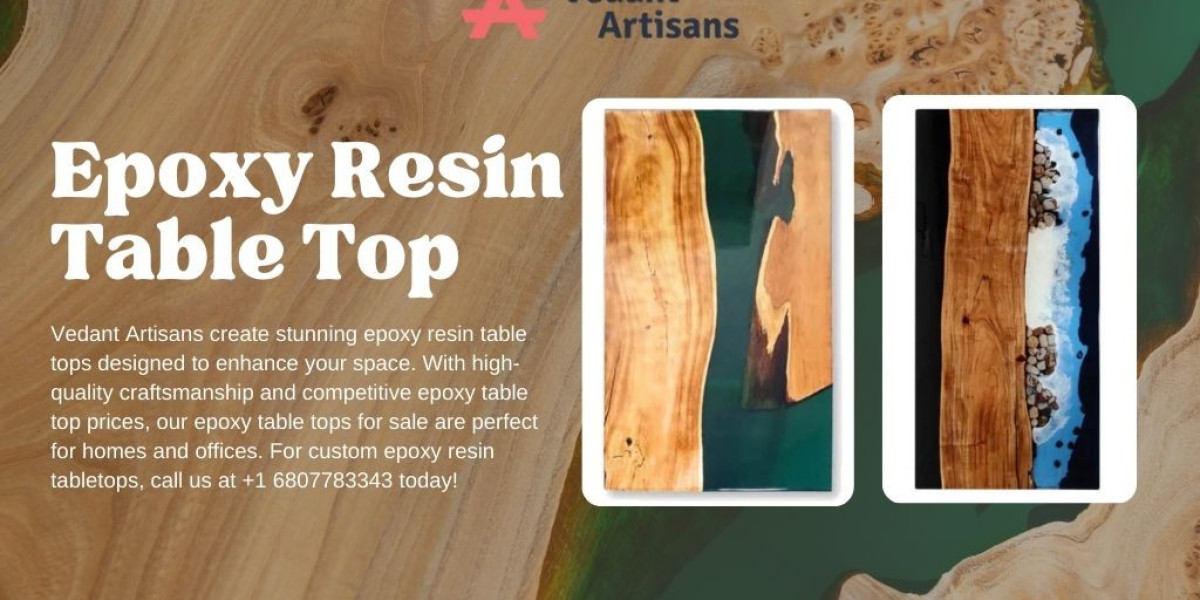In a world that often equates love with monogamy, polyamorous relationships offer an alternative perspective—one that embraces the idea that love and intimacy can be shared among multiple partners. Polyamory, the practice of engaging in consensual romantic relationships with more than one person, challenges conventional ideas about love and commitment. This article explores the dynamics of polyamory, highlighting the emotional, psychological, and societal impacts of choosing this relationship style.
What is Polyamory?
polyamorous relationships, which comes from the Greek word "poly" (many) and Latin "amor" (love), refers to the ethical and consensual practice of maintaining romantic relationships with multiple partners at the same time. Unlike cheating or infidelity, polyamory involves full disclosure, trust, and consent from all parties. It’s important to note that polyamory isn't just about sexual exploration—it emphasizes emotional and romantic connections with different individuals.
Polyamory allows people to define their own relationship structures without being confined to the traditional monogamous model. It recognizes that people can love more than one person without diminishing the quality or depth of each connection.
Benefits of Polyamorous Relationships
Freedom to Love Authentically: Polyamory enables people to explore love in all its forms, without feeling restricted to a single partnership. It encourages honesty and openness about feelings and desires, allowing for more authentic self-expression.
Support from Multiple Sources: With multiple partners, individuals can receive emotional support from more than one person. This reduces the pressure on a single relationship to meet all emotional, physical, and intellectual needs.
Increased Emotional Resilience: Navigating multiple relationships requires strong emotional intelligence and conflict resolution skills. Polyamorous individuals often report that their ability to manage complex emotions like jealousy or insecurity improves over time.
Flexibility and Growth: Polyamory offers room for personal growth, as each relationship brings different challenges and opportunities for self-discovery. Individuals learn to balance their own needs with the needs of multiple partners, fostering independence and mutual respect.
Challenges of Polyamorous Relationships
Jealousy and Insecurity: Even in polyamory, jealousy can arise when one partner feels neglected or undervalued. Managing these emotions requires clear communication and reassurance, as well as self-reflection to address underlying insecurities.
Time Constraints: Polyamorous relationships demand time and energy to ensure that each partner feels loved and prioritized. It can be difficult to manage multiple relationships without feeling stretched thin, particularly when dealing with conflicting schedules.
Social and Cultural Judgment: Polyamorous individuals often face stigma and misunderstanding from family, friends, and society. The assumption that monogamy is the only "legitimate" form of love can lead to isolation or strained relationships with those outside the polyamorous community.
Emotional Complexity: Multiple relationships mean multiple dynamics to manage. This can lead to complex emotions, particularly when dealing with partners' interactions with each other. Maintaining harmony requires patience, empathy, and ongoing conversations.
Types of Polyamorous Relationships
Closed Polyamory: In a closed polyamorous relationship, all partners are romantically involved with each other, forming an exclusive group. This arrangement resembles monogamy in that no new partners are introduced outside the group.
Open Polyamory: Open polyamorous relationships allow partners to pursue romantic or sexual connections outside their primary partnerships. The key is that all individuals are aware and consent to these additional relationships.
Solo Polyamory: Solo polyamorous individuals maintain their independence and autonomy while engaging in multiple relationships. They may choose not to have a primary partner or formal commitment, emphasizing personal freedom over hierarchical relationships.
Polyamorous Networks: In polyamorous networks, partners form a web of interconnected relationships. Some partners may have multiple romantic relationships within the network, while others may have one primary partner and several secondary ones.
Tips for Thriving in Polyamorous Relationships
Establish Clear Boundaries: Clear boundaries ensure that everyone in the relationship understands what is acceptable and what isn't. This reduces the risk of misunderstandings and conflicts down the line.
Commit to Open Communication: Consistent and transparent communication is vital for polyamorous relationships to thrive. Partners must openly express their feelings, needs, and concerns, and be willing to listen without judgment.
Practice Compersion: Compersion is the opposite of jealousy—it's the feeling of joy you experience when your partner finds happiness with someone else. Cultivating compersion can ease feelings of jealousy and foster a supportive environment.
Manage Your Time Wisely: Ensure that each partner gets enough attention and care. Scheduling regular quality time with each partner, as well as time for self-care, helps keep the balance in polyamorous relationships.
Final Thoughts
Polyamorous relationships offer a radical rethinking of how love, commitment, and emotional fulfillment can be experienced. By fostering open communication, trust, and emotional maturity, polyamory allows individuals to break free from traditional relationship structures and embrace a broader definition of love. While polyamory presents its own unique challenges, it can be deeply rewarding for those who value flexibility, emotional growth, and connection with multiple partners.


